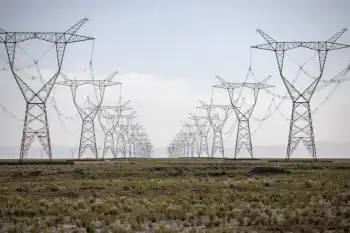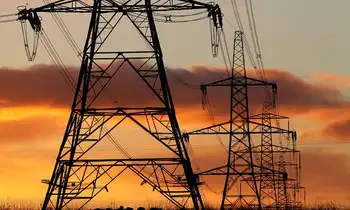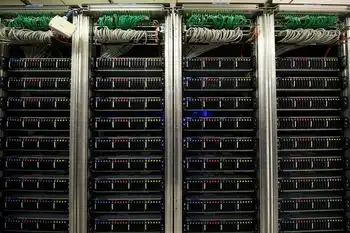Texas wind projects proceed despite Pickens retreat
HOUSTON, TEXAS - A move by billionaire oil tycoon T. Boone Pickens to cut his order for wind turbines and to postpone construction of a huge wind farm in Texas isn't a sign that the appetite for wind electricity in the state has diminished, a wind advocate said.
Pickens said last summer he would delay a plan to build the world's largest wind farm in the Texas Panhandle and further retreated from an ambitious wind effort by cutting his order for General Electric wind turbines by half.
Texas, the No. 1 U.S. state in terms of wind, has about 9,000 megawatts of installed capacity, more than twice as much as the next state, according to the American Wind Energy Association.
Wind accounted for 6 percent of the electricity produced last year, according to the Electric Reliability Council of Texas (ERCOT), up from 4.6 percent in 2008 and well above an estimated 2 percent nationwide.
"Wind in Texas has a remarkably strong future," said Paul Sadler, executive director of the Wind Coalition, based in Austin, Texas.
"We are taking unprecedented action to build (transmission) lines," Sadler said. "It will allow us to double our capacity when the lines get in place."
Major power lines are needed to relieve congestion on the existing network that moves electricity from remote areas of West Texas, where wind resources are abundant, to large cities, like Dallas and San Antonio, that consume the most power.
Pickens cited the lack of transmission, low prices for competing natural gas and tight credit for scaling back his Texas wind plan. Instead, he will try to place his initial turbines in Minnesota and Canada when delivered in 2011.
While those issues affect all wind developers nationwide, Pickens' project faced even more obstacles.
Initially, Pickens' plan for a 4,000-megawatt wind farm included construction of a costly private transmission line to connect his site the Texas Panhandle — an area outside the primary grid — with the ERCOT grid that delivers power to the state's major cities.
Pickens, however, dropped that idea when Texas lawmakers last year repealed a law giving his company the right of eminent domain to piggy-back a transmission line with a regulated water utility line he planned to develop to move water from the Panhandle to the Dallas-Fort Worth area.
Without a private line, Pickens must wait until 2013 for regulated power lines to be built to serve the Panhandle area under a $5 billion, 2,300-mile (3,700-km) grid expansion underway.
A Pickens spokesman said Panhandle projects will happen once transmission and other issues are resolved. "He believes the considerable funds he has invested in the region for wind power will pay off," said Jay Rosser.
Meanwhile, Texas added about 1,000 MW of wind in 2009 with the December start-up of NRG Energy's third wind farm in the state and set a record for wind output in October.
ERCOT officials attributed the wind record to FPL Group's investment in a 200-mile private transmission line.
The line can move power from two of FPL's NextEra Energy Resources wind farms in West Texas to the San Antonio area, bypassing congested power paths.
Related News

British Columbia Fuels Up for the Future with $900 Million Hydrogen Project
VANCOUVER - British Columbia is taking a significant step towards a cleaner future with a brand new $900 million project. This initiative, spearheaded by hydrogen company HTEC and supported by the Canadian Infrastructure Bank and the B.C. government, aims to establish a comprehensive hydrogen network across the province. This network will encompass both hydrogen production plants and fueling stations, marking a major leap in developing hydrogen infrastructure in B.C.
The project, dubbed "H2 Gateway," boasts several key components. At its core lies the construction of three brand new electrolysis hydrogen production plants. These facilities will be strategically located in Burnaby,…




